Range 2,408 km Cruise speed 692 km/h Wingspan 12 m | Top speed 695 km/h Length 10 m Weight 1,648 kg | |
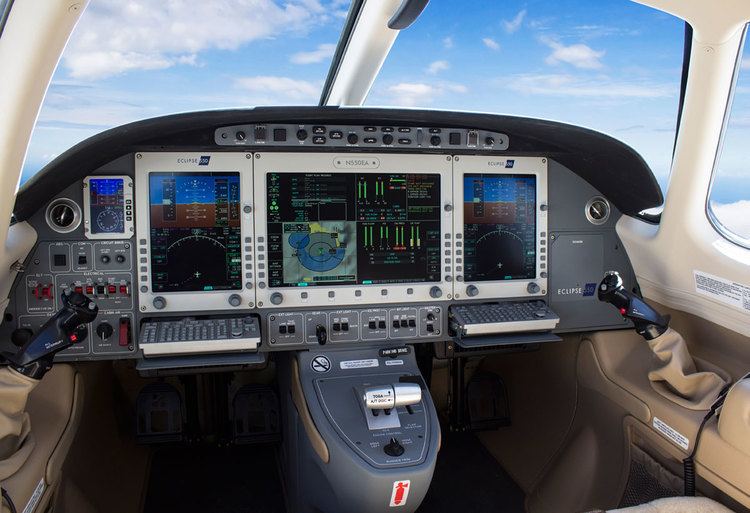 | ||
Engine type Pratt & Whitney Canada PW600 | ||
Aero tv one aviation s eclipse 550 the little jet that could and still can
The Eclipse 550 is a development version of the Eclipse 500 initially built by Eclipse Aerospace and now One Aviation of Albuquerque, New Mexico, United States. Like the 500, the 550 is a low-wing, six seat, twin engine jet-powered aircraft. The Eclipse 550 is certified for single-pilot operation.
Contents
- Aero tv one aviation s eclipse 550 the little jet that could and still can
- Eclipse 550 jet taxiing on neighborhood streets parade of planes 2015
- Design and development
- Improved variant
- Operational history
- Specifications 550
- References
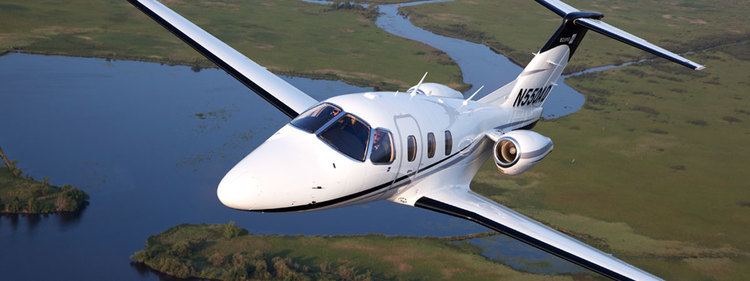
The aircraft was announced at the National Business Aviation Association convention in Las Vegas, Nevada in October 2011. The first example was rolled out in March 2013 and the first customer delivery was on 22 October 2013.
Eclipse 550 jet taxiing on neighborhood streets parade of planes 2015
Design and development
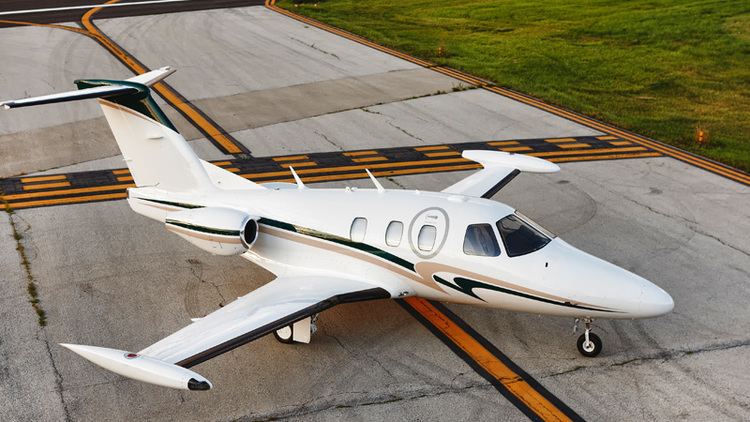
The 550 was developed from the earlier Eclipse 500, enabled by Sikorsky Aircraft's investment in Eclipse Aerospace in 2010. It retains the 500's airframe and PW610F engines, but incorporates an improved avionics package, including satellite phones, autothrottles, synthetic vision and enhanced vision systems, as well as anti-skid brakes.
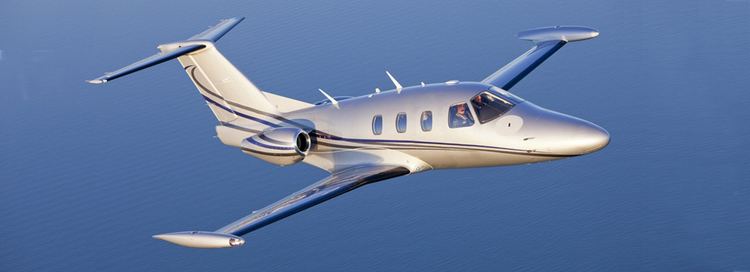
In May 2012 the company signed a deal with Sikorsky subsidiary PZL Mielec to have the Polish company build the Eclipse 550 fuselage, empennage and wings, while final aircraft assembly will be carried out by Eclipse Aerospace at their Albuquerque, New Mexico plant.
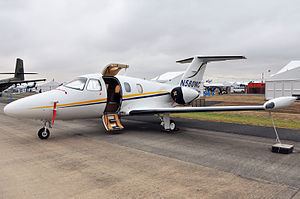
The initial price for the 550 in 2011 was US$2.695M and production was intended at that time to be 50-100 aircraft per year. The aircraft achieved an FAA production certificate in April 2012.
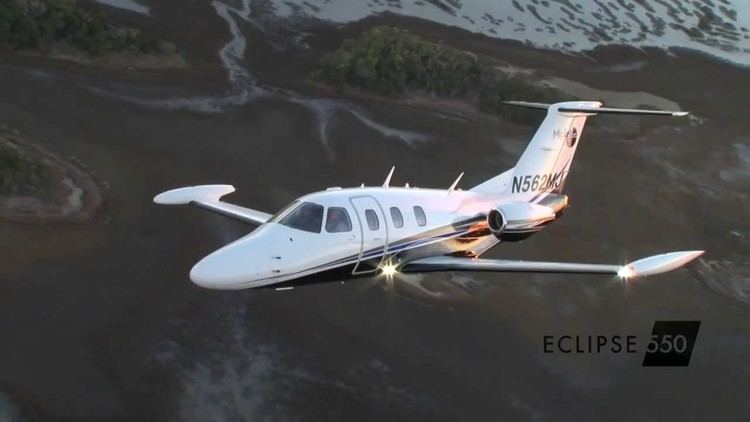
In June 2013 the FAA approved the Eclipse 550 for a fatigue limit of 20,000 hours or 20,000 cycles with an unlimited calendar life. In August 2013 it was announced that the aircraft would incorporate autothrottles, new EFIS software, an anti-lock braking system and a high-resolution 3.25" x 4.3" standby display.
In February 2014 the FAA approved autothrottles and anti-skid brakes for the 550. The manufacturer claims the new braking system will stop the aircraft in 700 ft (213 m) from normal landing speeds.
The first customer delivery of a 550 was completed on 12 March 2014, and 10 had been delivered by August. However, sales had been slow, and employees were laid off.
One Aviation received EASA certification for its Eclipse 550 on 18 November 2015, clearing the way for sales of the light twinjet in the European Union and its use for air-taxi service there. The company has deposits from half a dozen European customers awaiting delivery pending certification. Deliveries will begin in January 2016, according to Cary Winter, One Aviation’s executive vice president. The only changes required from U.S. production models are to “paint a couple of switches red and change the connector on the door switch,” he said.
Improved variant
One Aviation is designing an improved $3.495 million "Project Canada" variant to fly in 2017. A new wing root section will lengthen its span by 3.8 ft (1.2 m) to 41.7 ft (12.7 m), which will increase the wing area to 163 sq ft (15.1 m2), 13% more, and eliminate the tip tanks to reduce drag. 70 US gal (260 l) more fuel can be carried to reach 321 US gal (1,220 l), and a higher MTOW will increase the useful load to 2,787 lb (1,264 kg), 476 lb (216 kg) more. Its flat rated Pratt & Whitney Canada PW615 will produce 1,170 lbf (5.2 kN) of thrust, 190 lbf (0.85 kN) more. NBAA IFR range will improve to 1,400 nmi (2,600 km), and it will cruise at Mach 0.65 (373 kn) at a higher ceiling of 43,000 ft (13,000 m). It will have similar takeoff, approach and landing speeds but will need 24% less runway at takeoff at sea level and ISA+25 and time to climb to FL400 at ISA+10 will be halved. Garmin G3000 avionics suite includes synthetic vision, GFC 700 autopilot, Garmin ESP protection system, LNAV and VNAV, and is ADS-B and RVSM compliant.
Operational history
In 2013, Eclipse planned to submit the 550 for the USAF's very light jet requirement, even though that requirement specified FAR Part 25 certification and the 550 is certified to the less-stringent Part 23.
Specifications (550)
Data from One Aviation
General characteristics
Performance
Avionics
